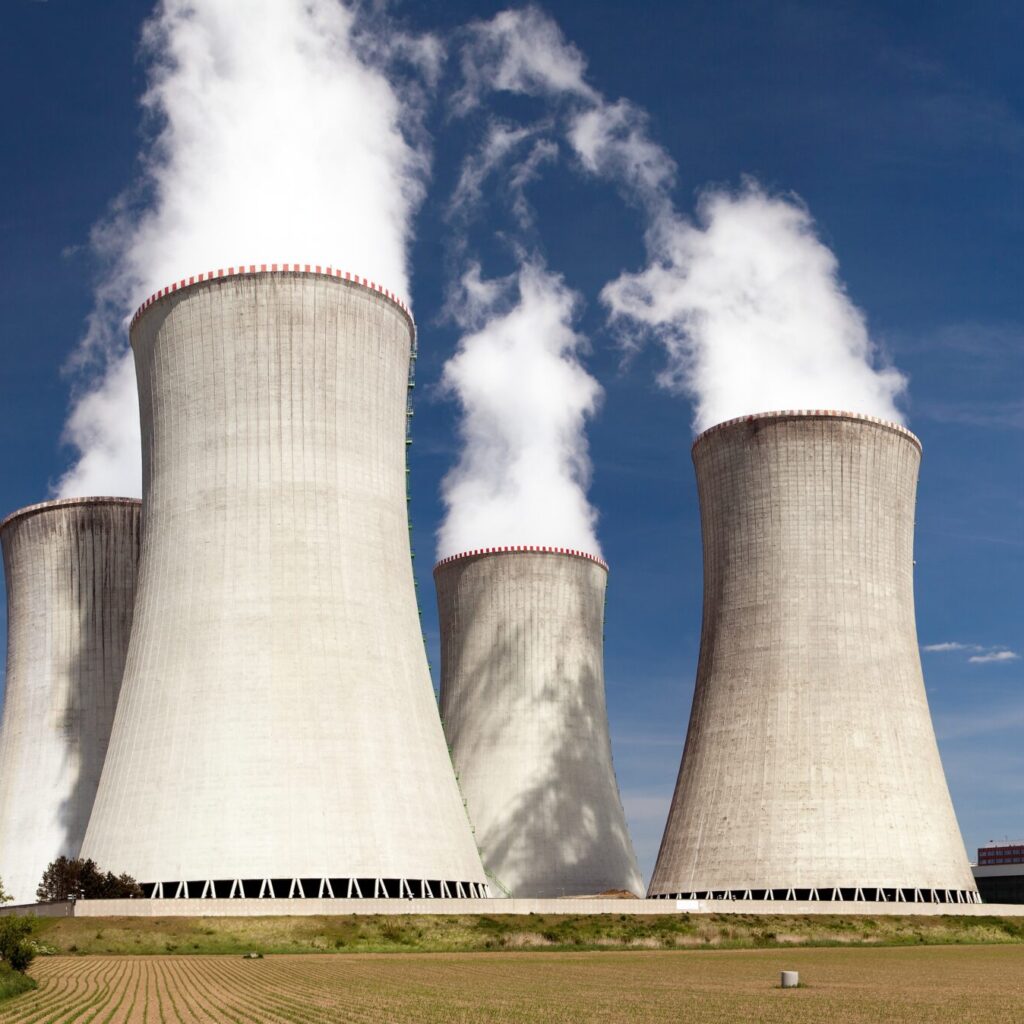Impact investing, i.e. sustainable and responsible investing, is a need for more and more investors. Rolf Helbling explains the five most important reasons why impact investing is extremely important and financially very worthwhile:
1. Double Bottom Line:
Impact investing aims to achieve positive social and environmental effects in addition to financial returns. Investments support projects or companies in areas such as energy saving, renewable energies, resource efficiency or healthcare.
2. Long-Term Financial Returns:
“Companies that pursue sustainable and responsible practices are often better positioned for long-term success. The investment focus on companies that essentially promote a more efficient use of resources forms the basis for an attractive return. Studies show that impact investments offer competitive financial returns by capitalising on long-term opportunities and mitigating risks arising from unsustainable business practices.
3. Risk Minimisation:
By integrating environmental, social and governance (ESG) factors into investment decisions, potential risks can be better identified and minimised. Companies that operate sustainably are often less susceptible to regulatory changes and scandals.
4. Fulfilment of Personal Values:
Many investors want to invest their capital in line with their personal values. Impact investing enables investors to make a positive contribution to society and the environment with their capital and at the same time fulfil their own ethical expectations.
5. Market and Innovation Potential:
Impact plants support innovative companies and technologies that develop solutions for today’s biggest challenges. This can lead to the creation of new markets and business opportunities that drive long-term growth and positive change in the area of energy and resource efficiency.
“Impact investing gives investors the opportunity to play an important role in tackling global challenges while generating attractive financial returns.”
Rolf Helbling, Founder Carnot Capital & Portfolio Manager


